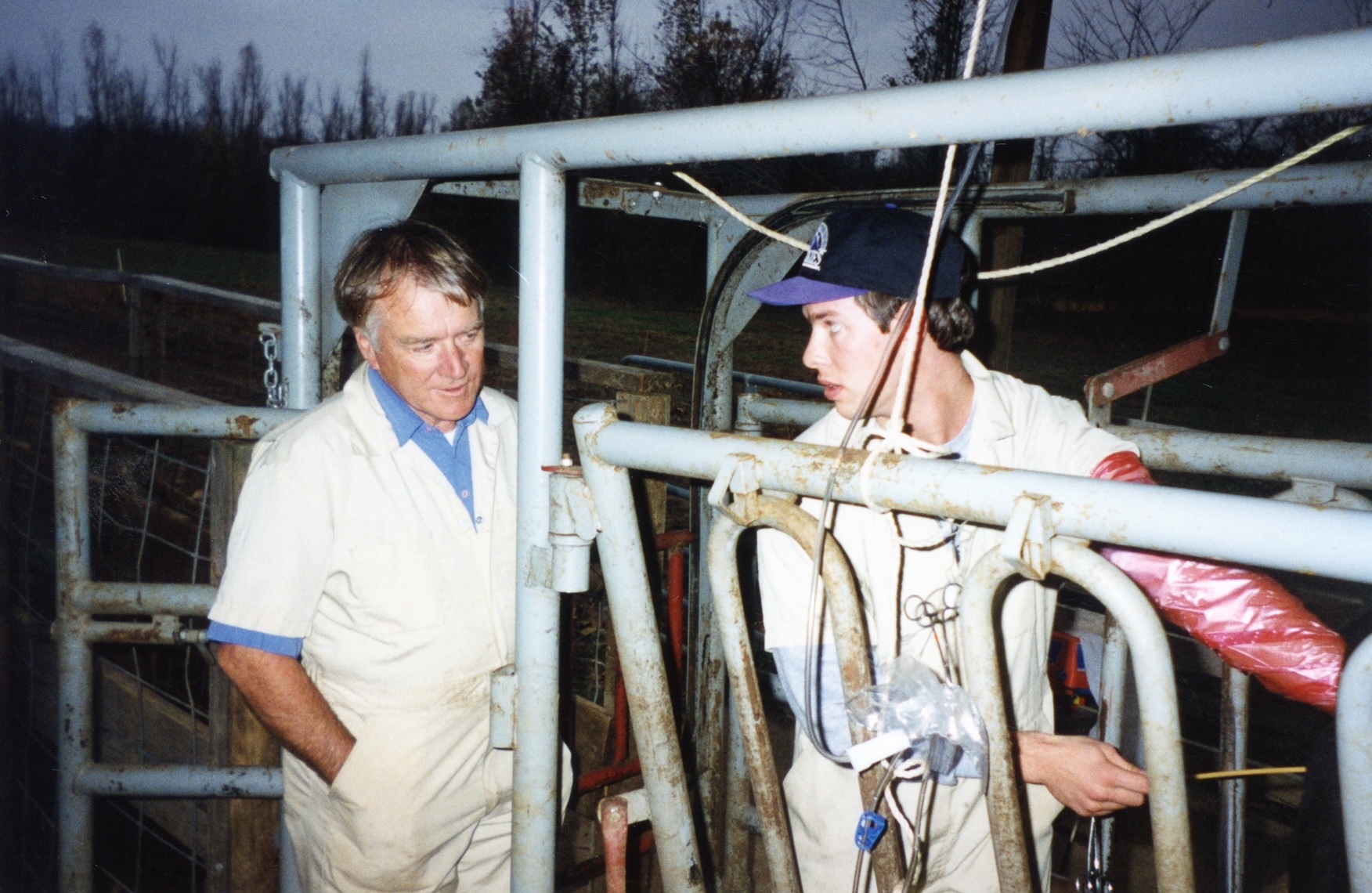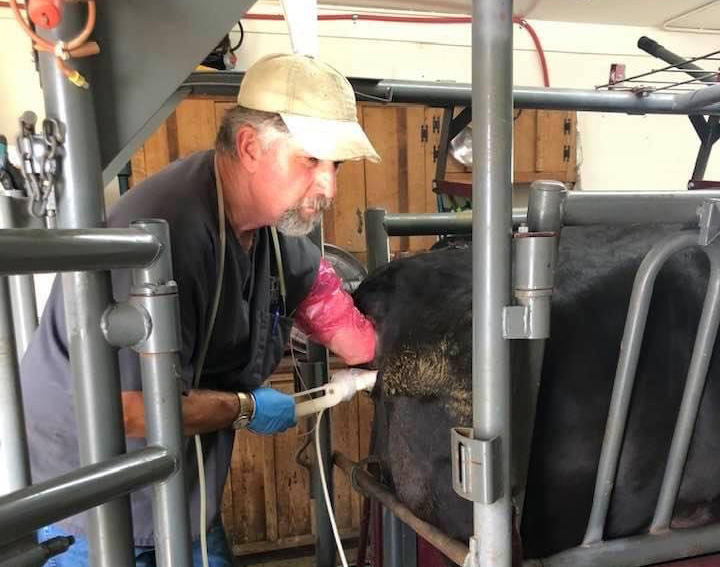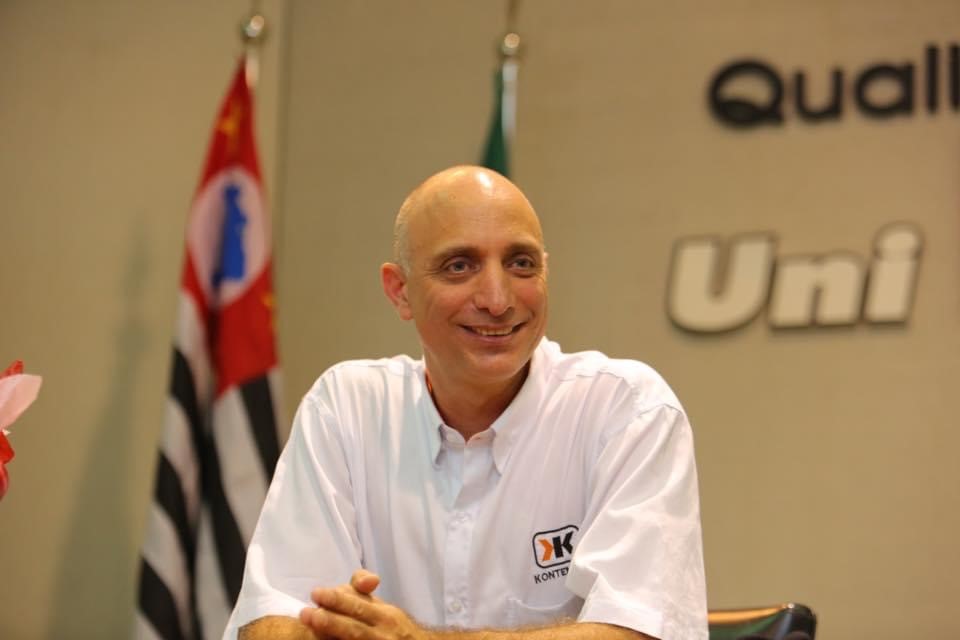
Learn Embryo Transfer at the School That Started It All...
OPEN FOR OVER 35 YEARS
OVER 3,500 STUDENTS TRAINED!
INDUSTRY EXPERT INSTRUCTORS
ABOUT US
We are the original world-renowned Embryo Technology School that started it all! We have been providing bovine reproduction training for over 35 years, and have trained over 3,500 students from all over the world! We are located in Senatobia, MS, which is 45 minutes from the Memphis Tennessee International Airport.
Our school was founded by Dr. Reginald Peter Elsden, a world-renowned pioneer in the embryo transfer industry. Dr. Elsden, along with Dr. Seidel, developed the non-surgical technique for bovine embryo transfer while doing research at Colorado State University in the 1970s. Dr. Elsden's groundbreaking research revolutionized cattle and horse embryo transfer, transforming it from a surgical procedure to the non-surgical technique still in use today.
Our Courses
Get trained at the longest running most reputable Bovine Embryo Technology School in the world!
All of our courses are open to dairy & beef cattle producers, and veterinarians. Our courses focus on hands-on training and real-world tips for what you will encounter. All courses are held in our indoor climate controlled facilities.
While our main focus is Bovine Embryo Transfer, we also offer courses in Bovine Artificial Insemination, and Bovine Ovum Pick-Up (OPU).
Our experience of more than 35 years has led us to discover four courses that are exceptionally effective in teaching advanced techniques in cattle reproduction.
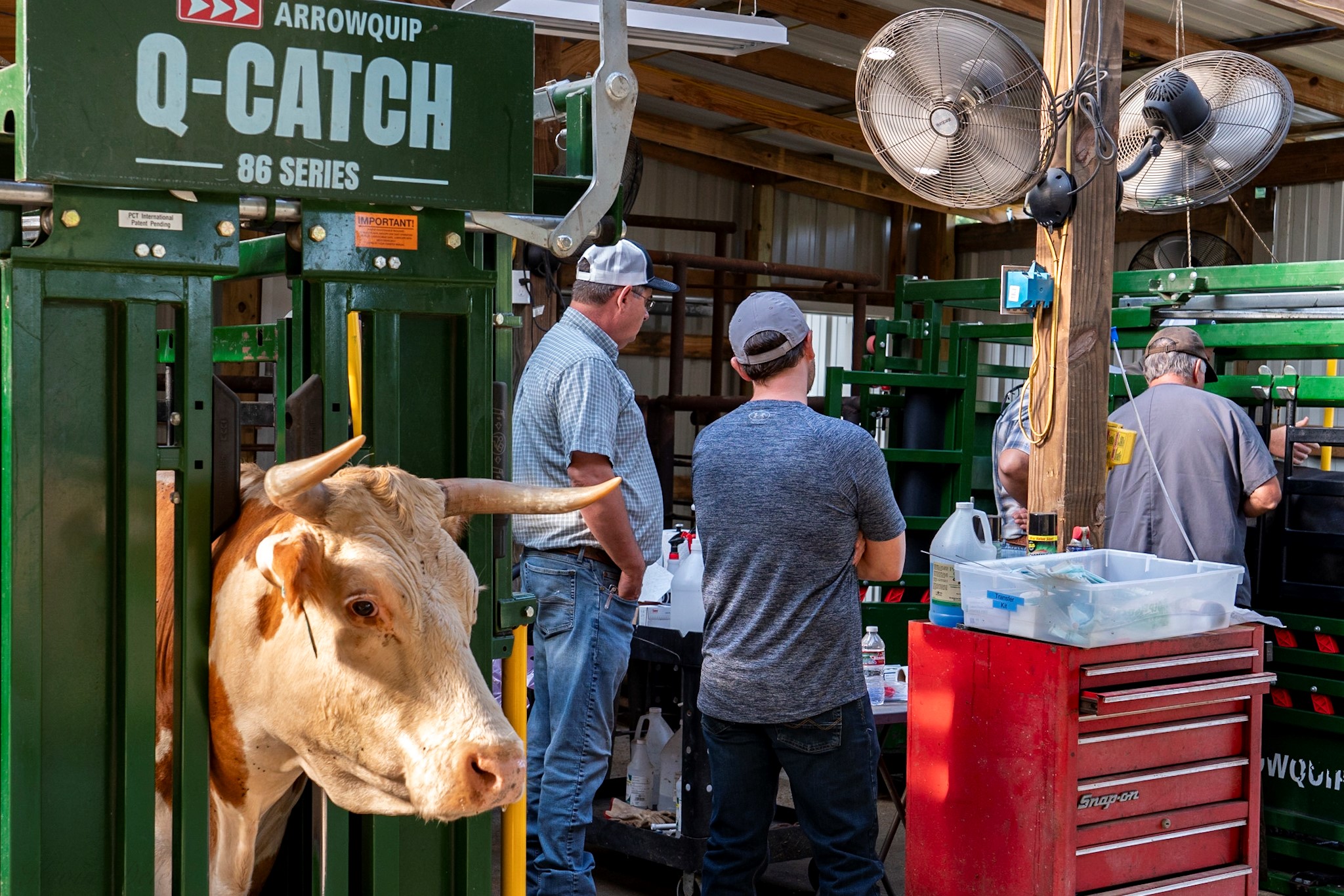
Comprehensive Bovine Embryo Transfer Training Course
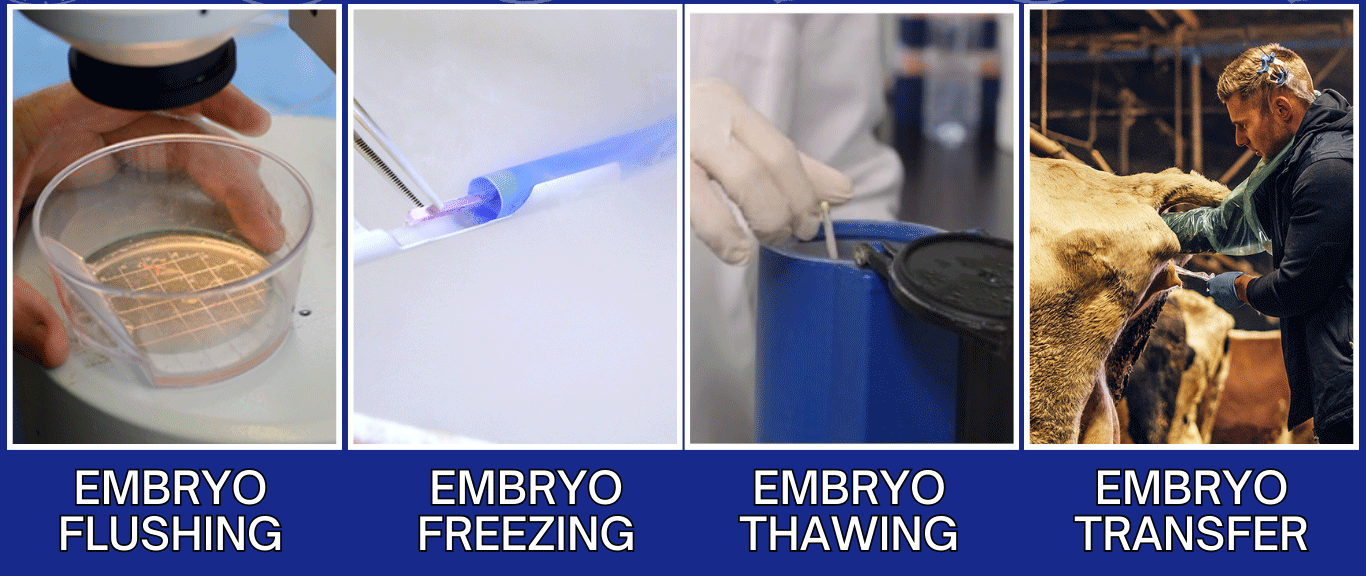 Our 4.5-days (50 hours) hands-on Comprehensive Embryo Transfer Training Course is designed for dairy and beef cattle producers who would like to perform embryo transfer on their own cattle. It is also intended for veterinarians who wish to add bovine embryo transfer services to their practice.
Our 4.5-days (50 hours) hands-on Comprehensive Embryo Transfer Training Course is designed for dairy and beef cattle producers who would like to perform embryo transfer on their own cattle. It is also intended for veterinarians who wish to add bovine embryo transfer services to their practice.
Attention Veterinarians: This course is RACE-approved and offers 50 hours of Continuing Education Credits.
In the ET Course Students palpate synchronized cattle to learn how to isolate ovaries and identify ovarian structures. Live animals are also used for practice in catheter placement, embryo collection (flushing) and transfer technique. Students learn how to freeze/thaw embryos, grade embryos, and transfer embryos.
Tuition: $3,650 US Dollars
(Required Deposit: $1,500)
Combined Artificial Insemination & Embryo Transfer Training Course
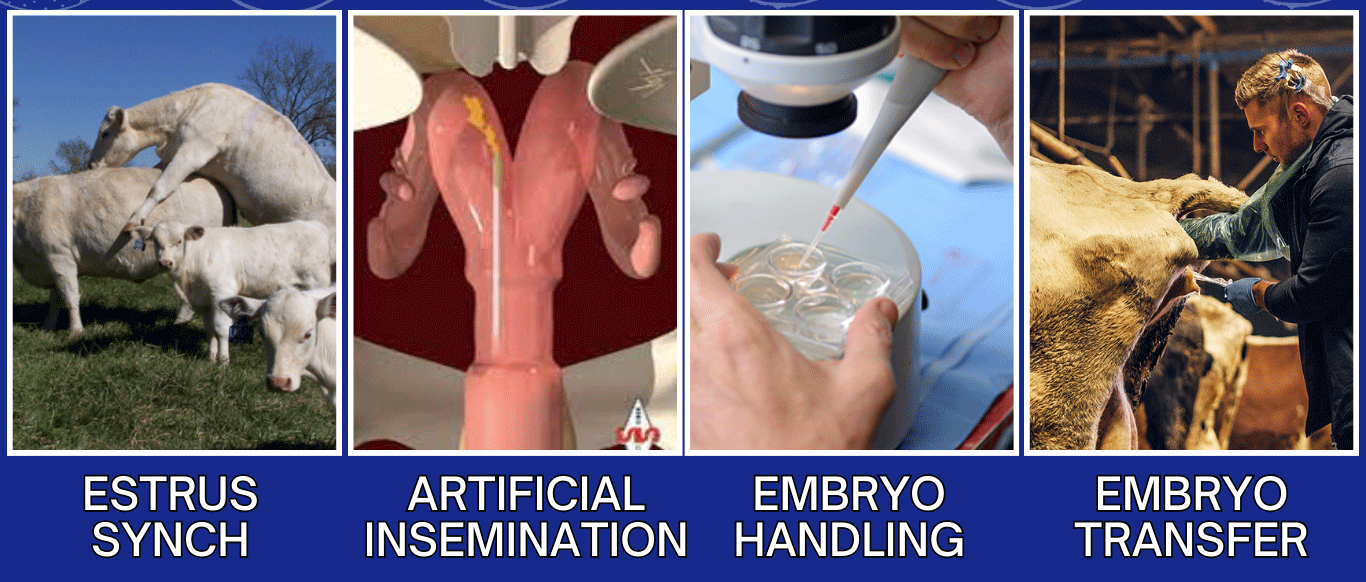 Our 6 Days (65 Hours) hands-on Combined Artificial Insemination & Comprehensive Bovine Embryo Transfer Training Course is designed for Beginners in Cattle Reproduction. This course is tailored to students with limited knowledge in cattle reproduction.
Our 6 Days (65 Hours) hands-on Combined Artificial Insemination & Comprehensive Bovine Embryo Transfer Training Course is designed for Beginners in Cattle Reproduction. This course is tailored to students with limited knowledge in cattle reproduction.
The Bovine Artificial Insemination portion of the course students learn estrous synchronization, palpating the cervix, and negotiating the AI gun through the cervix. Students continue practicing AI throughout the week while learning ET.
The Bovine Embryo Transfer portion of the course Students palpate synchronized cattle to learn how to isolate ovaries and identify ovarian structures. Live animals are also used for practice in catheter placement, embryo collection (flushing) and transfer technique. Students learn how to freeze/thaw embryos, grade embryos, and transfer embryos.
Tuition: $3,850 US Dollars
(Required Deposit: $1,500)
Bovine Ovum Pick-up (OPU) Course
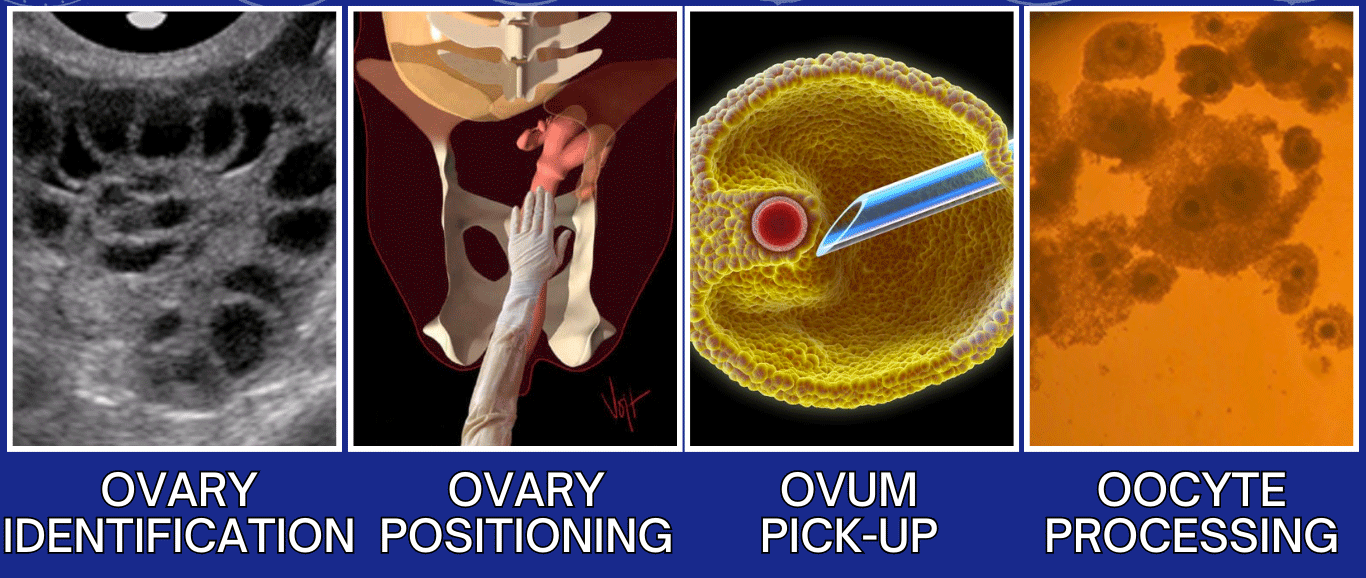 Our 2.5 Days (20 Hours) hands-on Bovine Ovum Pick-up (OPU) Course is an Advanced Course designed for experienced bovine veterinary practitioners and embryologists who want to expand their services to include the latest advanced
technique. Our globally recognized instructors will lead you through the course, which
includes hands-on cattle arm work to aspirate oocytes, OPU equipment setup, oocyte searching, and oocyte
packing for shipment to an IVF lab. This course will be a valuable investment for anyone looking to
expand their practice and increase their profits.
Our 2.5 Days (20 Hours) hands-on Bovine Ovum Pick-up (OPU) Course is an Advanced Course designed for experienced bovine veterinary practitioners and embryologists who want to expand their services to include the latest advanced
technique. Our globally recognized instructors will lead you through the course, which
includes hands-on cattle arm work to aspirate oocytes, OPU equipment setup, oocyte searching, and oocyte
packing for shipment to an IVF lab. This course will be a valuable investment for anyone looking to
expand their practice and increase their profits.
Tuition: $3,850 US Dollars
(Required Deposit: $1,500)
Thawing & Transferring Frozen Bovine Embryos Training Course
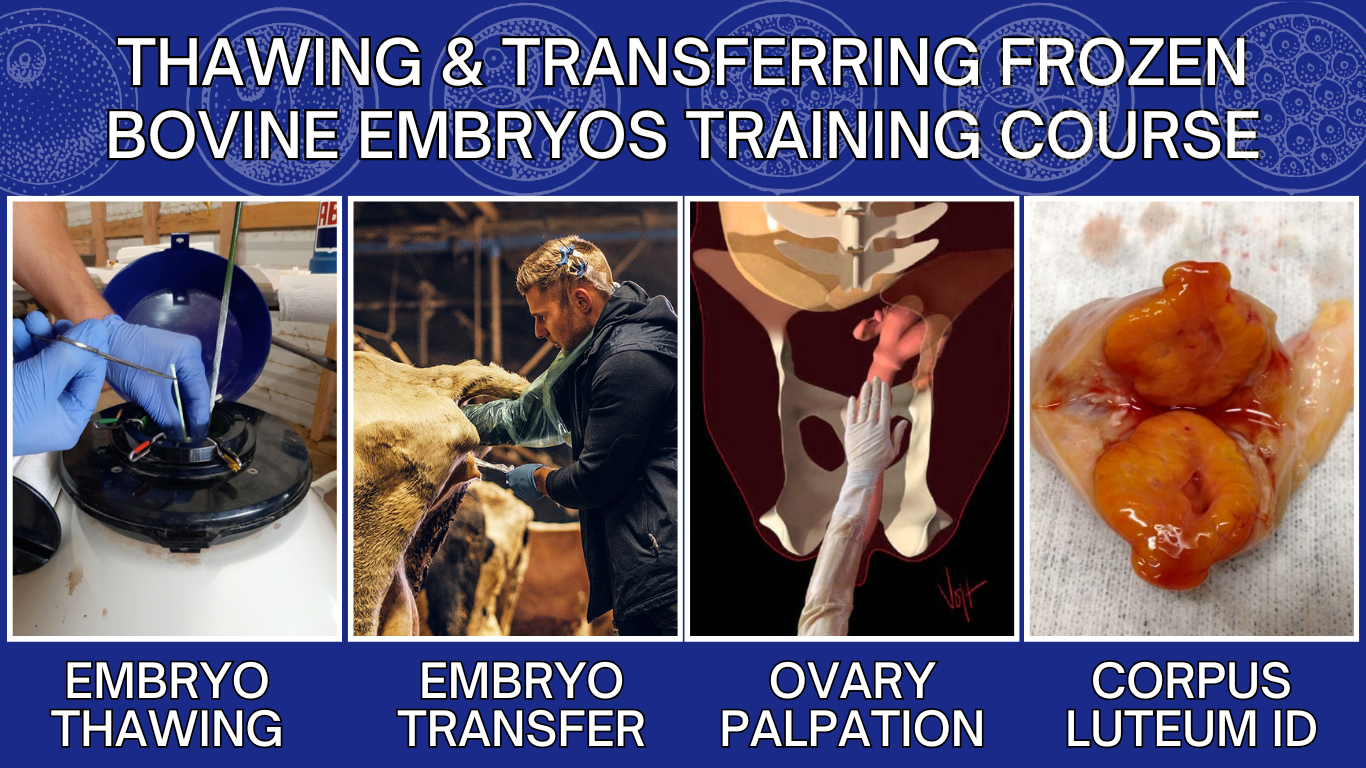 Our 1.5 Days (12 Hours) Thawing & Transferring Frozen Bovine Embryos Training Course is Embryo Transfer Made Easy for Cattle Producers who Don't have the time or interest in mastering laboratory techniques but want to use
embryo transfer to enhance genetic progress.
Our 1.5 Days (12 Hours) Thawing & Transferring Frozen Bovine Embryos Training Course is Embryo Transfer Made Easy for Cattle Producers who Don't have the time or interest in mastering laboratory techniques but want to use
embryo transfer to enhance genetic progress.
Students learn how to correctly Thaw & Transfer Bovine Embryos. Students palpate synchronized cattle to learn how to isolate ovaries and identify ovarian structures. Enroll today to Discover how to make significant genetic advancements with minimal investments.
Tuition: $1,550 US Dollars
(Required Deposit: $1,000)
ATTENTION VETERINARIANS:
We are a RACE-Approved Provider of Continuing Education. Our 4.5-day
Comprehensive Bovine Embryo Transfer Course is RACE-Approved for 50 Hours of CE for Veterinarians
and Veterinary Technicians in Jurisdictions Which Recognize American Association of Veterinary State Boards RACE Approval.
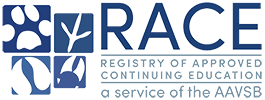
Meet Our Instructors
Our Instructors Are Top-Notch Industry Experts Who Are the Best in the Business and Have Over 40 Years of Experience! Students Will Benefit From Their Wealth of Knowledge and Tips for What You Will Encounter in the Real-World.
Register For A CourseWhat To Expect
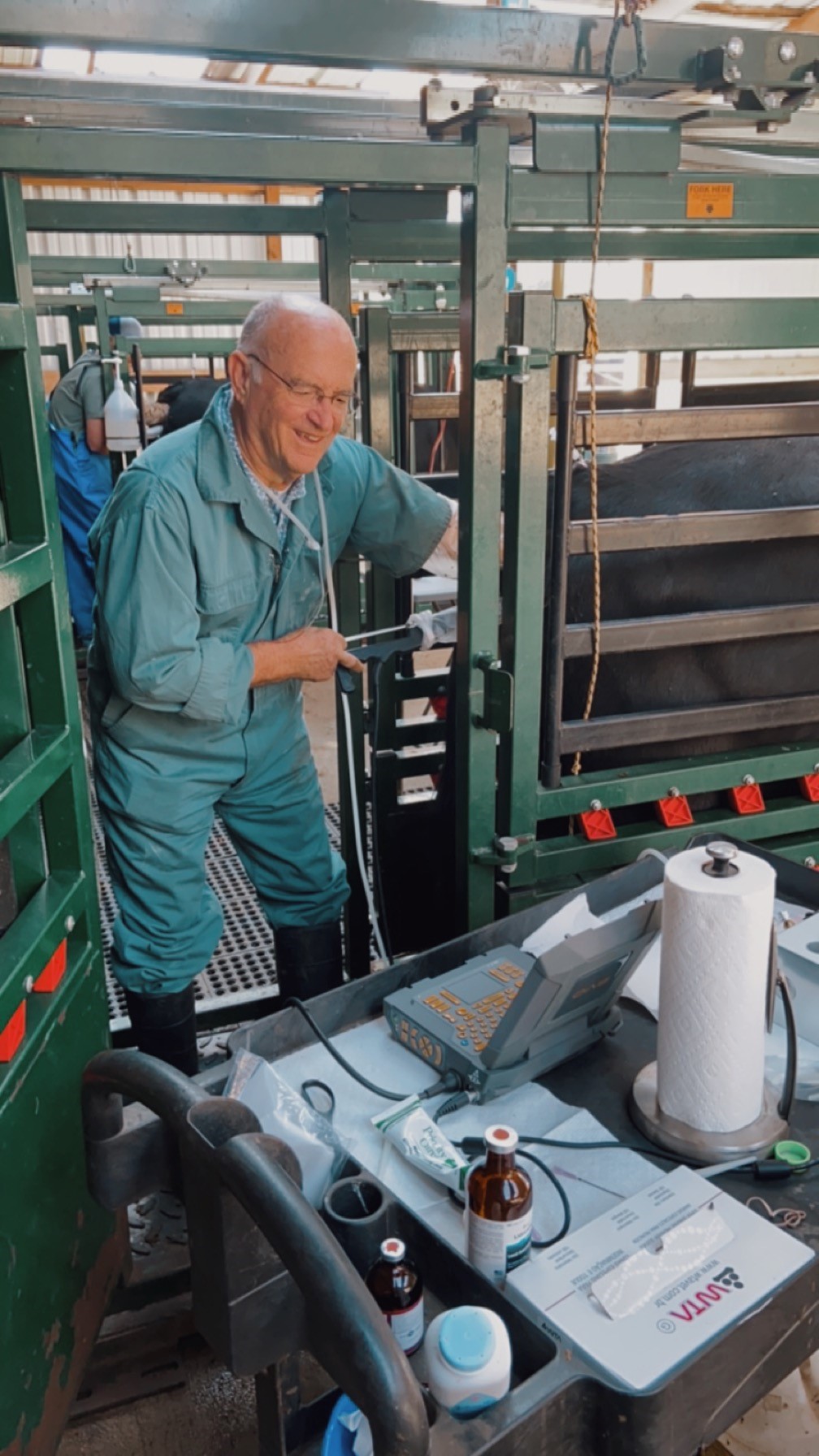
Hands-On Learning Experiences
Our courses prioritize providing ample time for participants to master the techniques taught. This involves hands-on experience with cattle work, setting up equipment, learning laboratory skills, and developing plans for implementing these techniques into your business or operation.
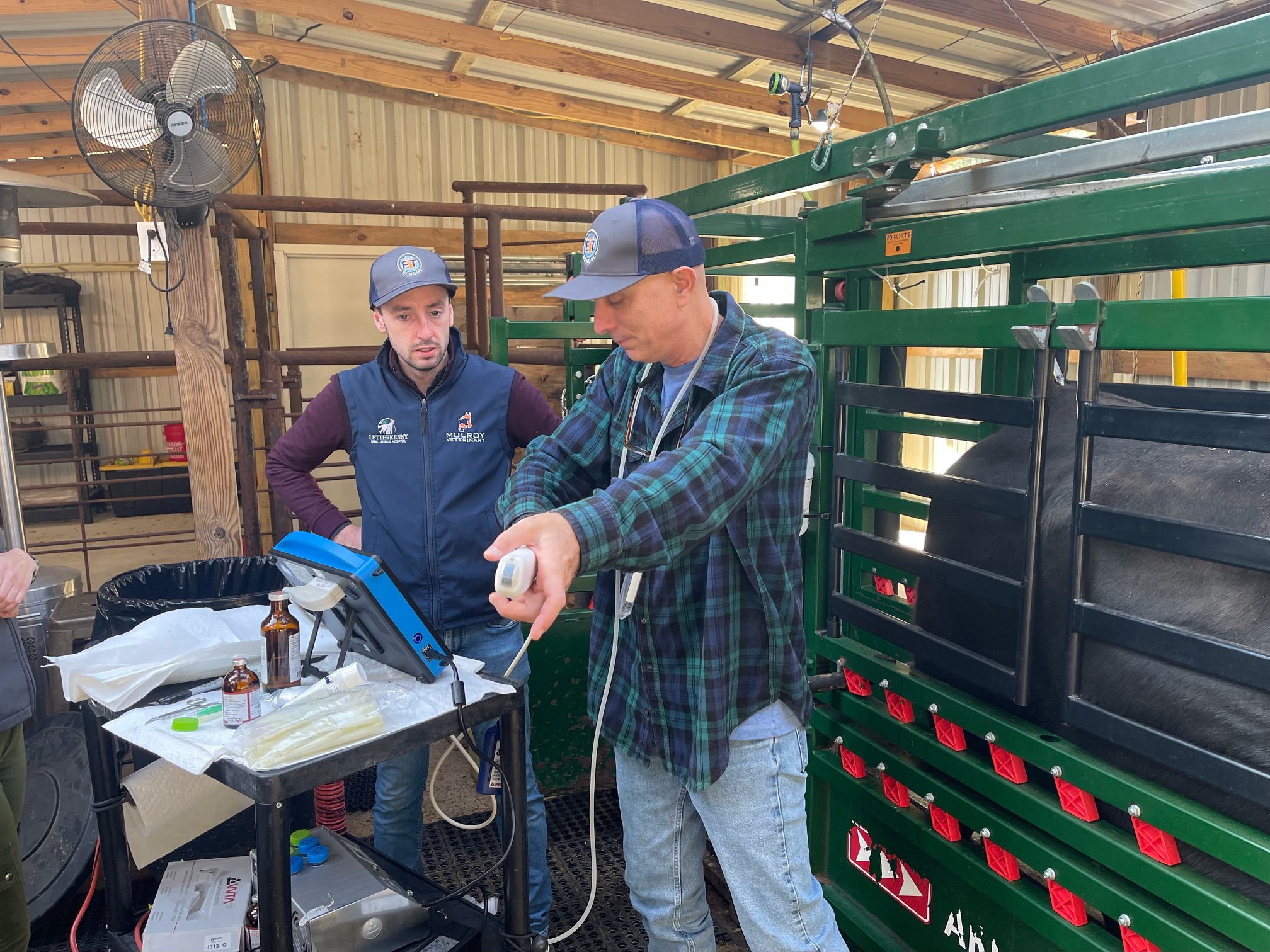
Personable Instructors & Networking
Enrolling in our cattle production courses has many perks, one of which is learning from instructors who are highly praised for their communication and teaching skills. Additionally, with a small class size of only eight students, attendees have the opportunity to connect and collaborate with other cattle producers and veterinarians on a global scale.
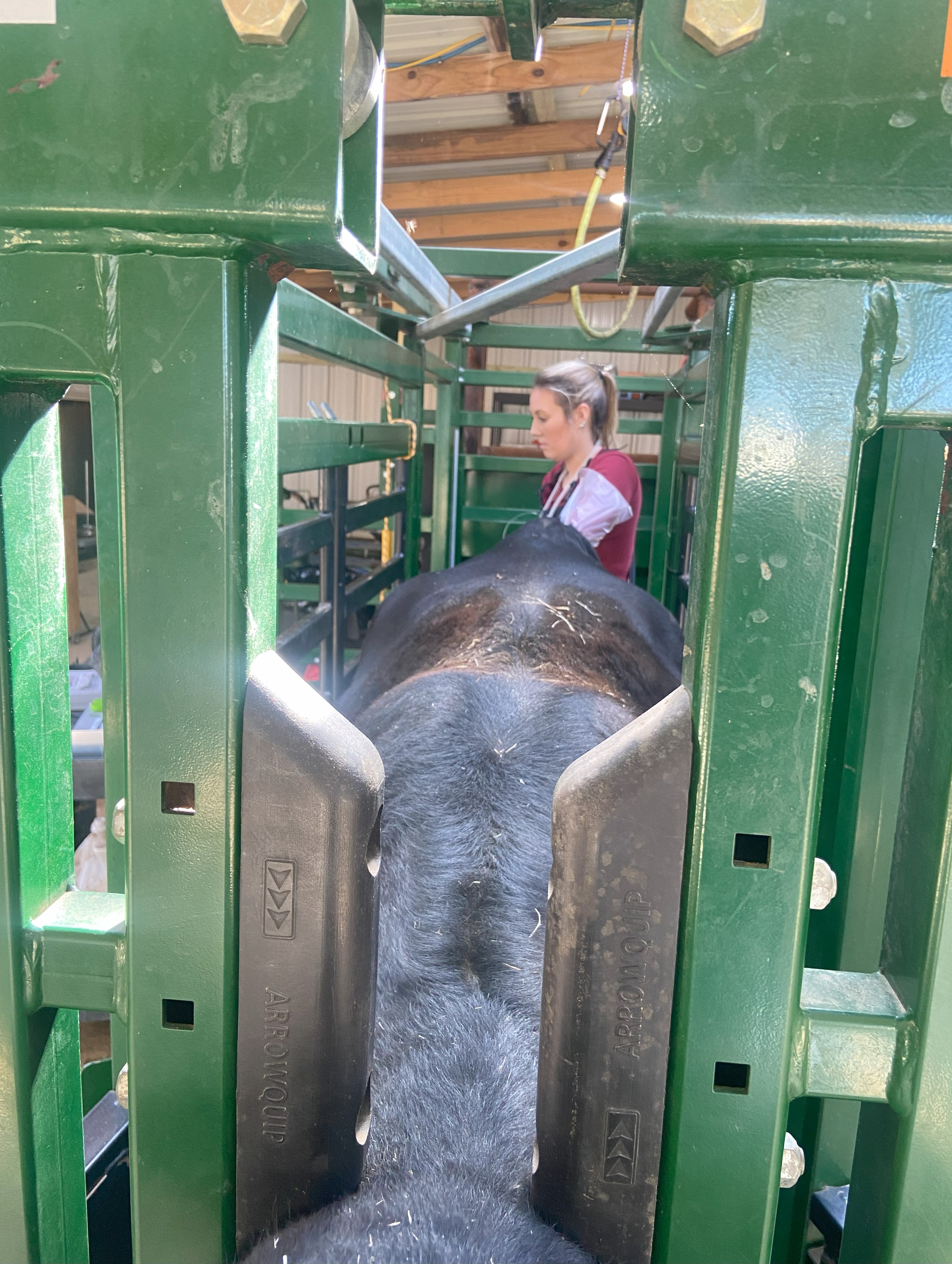
Industry Knowledge
Our top-notch expert instructors are professionals with extensive experience in the cattle reproduction industry. By teaching techniques to industry standards, we can guarantee that students receive up-to-date information, develop realistic expectations for entering the field, and learn insider tips for future success.
STATE OF THE ART FACILITIES
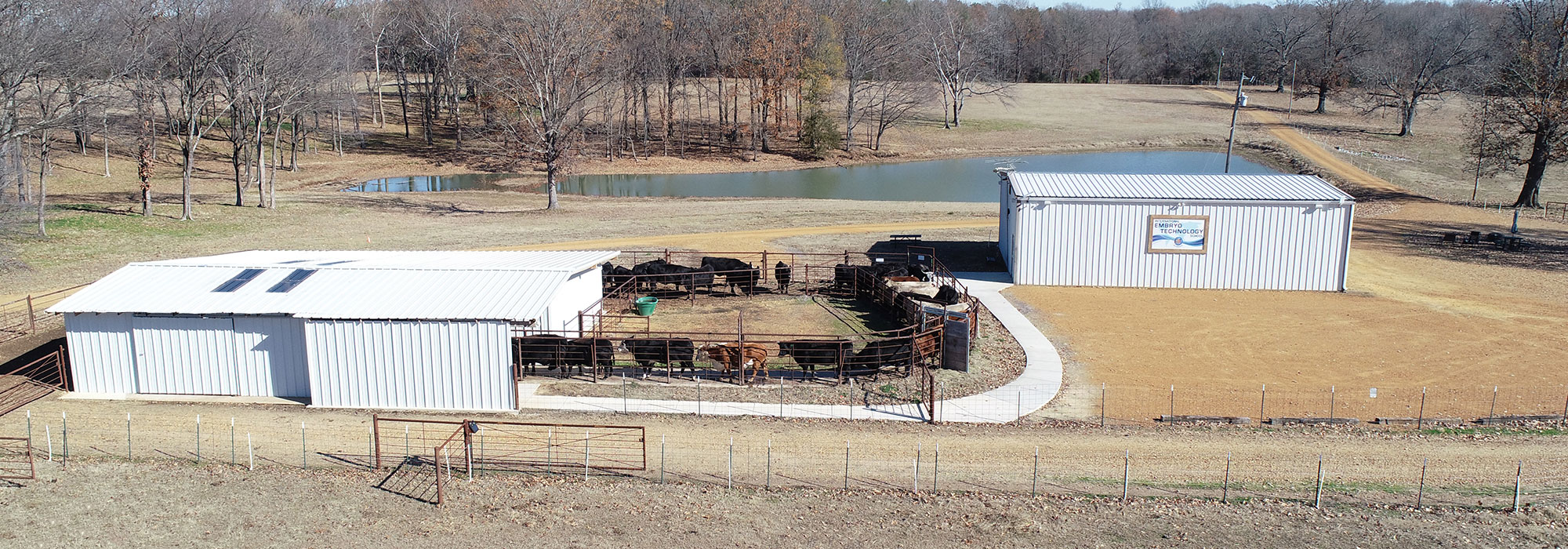
MODERN
CLASSROOM SPACE
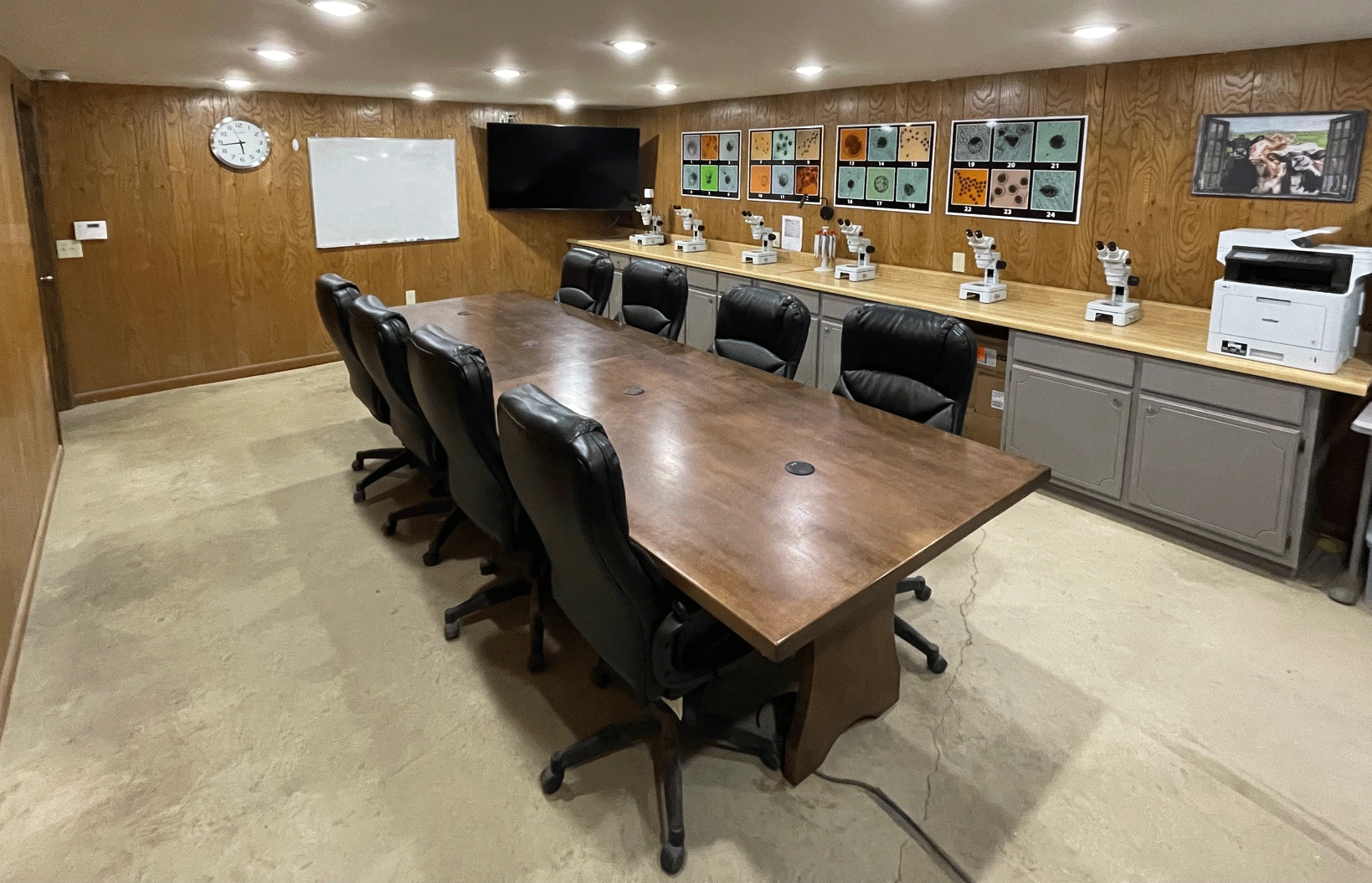
Indoor lectures are held in a spacious, well-equipped classroom with comfortable chairs, ample desk space, and state-of-the-art microscopes that connect to a large TV screen for detailed observation of embryos. Each student has their own microscope to use. The setup creates a conducive learning environment, facilitating group discussions and hands-on learning experiences.
INDOOR WORKING
FACILITIES

Our state-of-the-art facilities prioritize student safety and comfort in all weather conditions. With two Arrowquip cattle working chutes, we ensure easy and safe cattle handling. During the hands-on cattle work, students will be in working in a covered climate-controlled barn. However, on days with good weather, we roll open the doors to enjoy the Mississippi weather.
BEAUTIFUL VIEWS &
AMENITIES
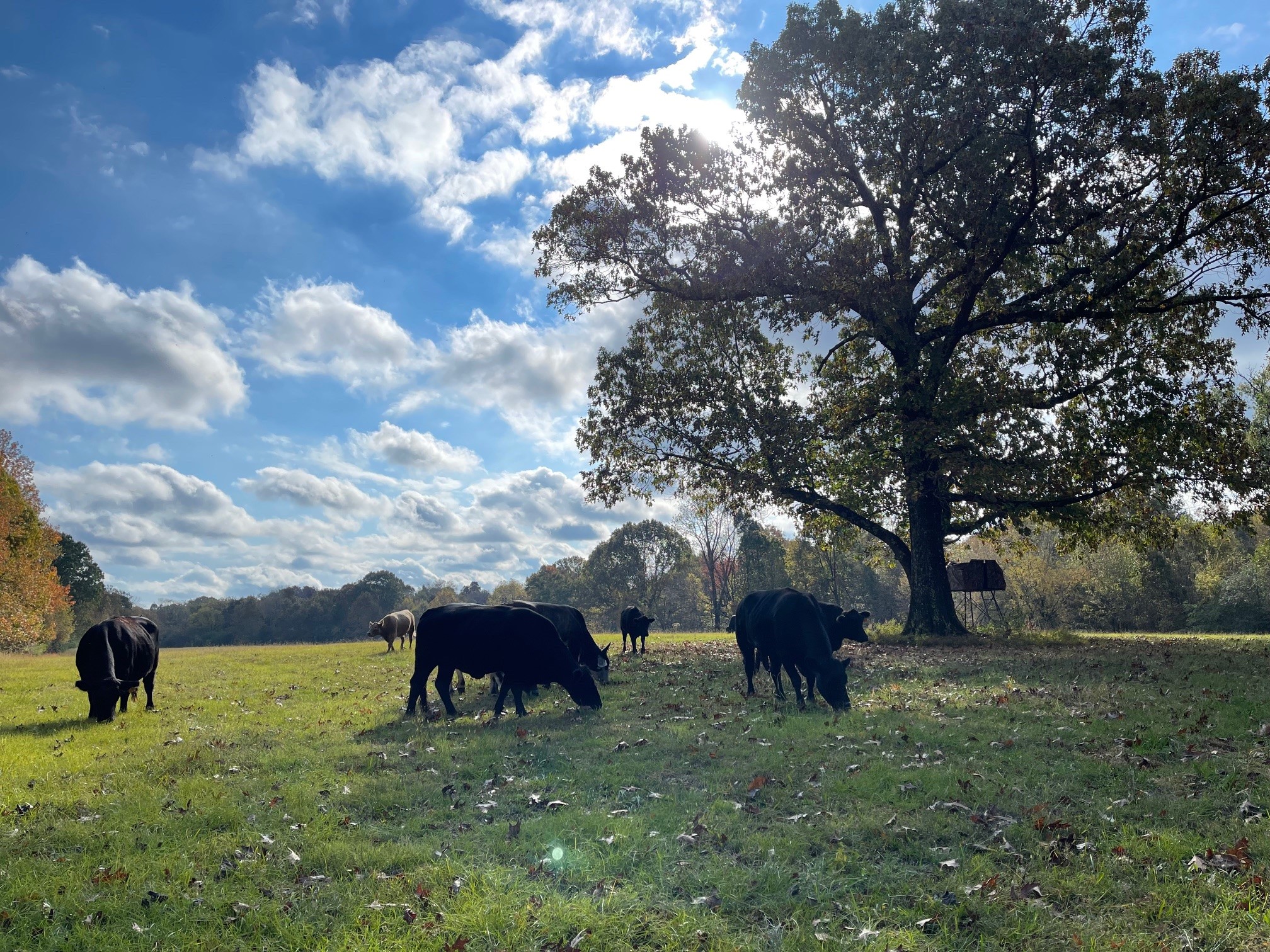
Located on 300 acres of stunning pastureland, our school is situated just 10 minutes from town. Along with beautiful views start your morning, we provide a cozy coffee bar and a self-serve snack and drink station near the classroom to ensure students have a fun and comfortable experience while at the school.
The Life and Legacy of Dr. Peter Elsden,
Founder of the International Embryo Technology School
We are the original world-renowned Embryo Technology School that started it all! We have been providing bovine reproduction training for over 35 years, and have trained over 3,500 students from all over the world!
Our school was founded by Dr. Reginald Peter Elsden, a world-renowned pioneer in the embryo transfer industry. Dr. Elsden, along with Dr. Seidel, developed the non-surgical technique for bovine embryo transfer while doing research at Colorado State University in the 1970s. Dr. Elsden's groundbreaking research revolutionized cattle and horse embryo transfer, transforming it from a surgical procedure to the non-surgical technique still in use today.
After developing the non-surgical technique for bovine embryo transfer Dr. Elsden thought there was a huge need for training cattle ranchers and veterinarians, and thus our school was founded. Dr. Elsden traveled the world setting up embryo transfer programs for governments, corporations, and individuals. He then decided there needed to be a training facility dedicated to training cattle ranchers and veterinarians how to perform bovine embryo transfer and started training students at our current training facility in 1990. Since then, we have been continuously training cattle ranchers and veterinarians Embryo Transfer and other bovine reproduction techniques for over 35 years.
Dr. Peter Elsden was born in Brisbane, Australia, and earned his veterinary degree at the University of Queensland, and later an M.S. degree in reproductive physiology. He worked in a mixed practice and for a large cattle company before spending 9 years teaching and doing research at Colorado State University, where he also directed the Animal Reproduction Laboratory's Embryo Transfer Unit
Dr. Elsden held prestigious positions such as the past director of the International Embryo Transfer Association and past president of the International Embryo Transfer Society, and a past Director of The American Embryo Transfer Association. He was nominated as a member of the Spanish Academy of Sciences for Veterinarians. He received The Oliver Pennock Award from Colorado State University for meritorious teaching and research. He was also named one of the 15 most influential veterinarians!
Dr. Elsden authored "Embryo Transfer In Dairy Cattle" as well as over 60 articles for industry journals and traveled to over 50 countries throughout his career to consult, teach, and implement embryo transfer programs. His expertise was also sought after by the USDA and the United Nations as a consultant.
Dr. Elsden's passing in 2018 left a considerable gap in the field of embryo transfer. However, his legacy endures through the International Embryo Technology School, where students continue to be trained using his innovative principles and techniques. Today, he is remembered as a global leader, researcher, teacher, and pioneer in embryo transfer.
